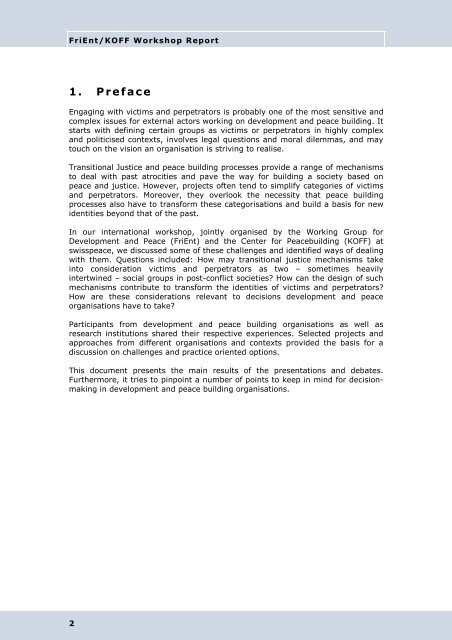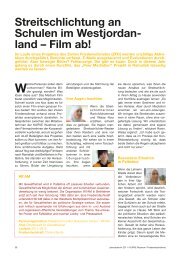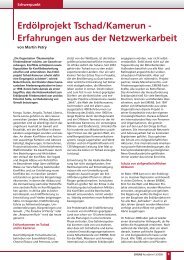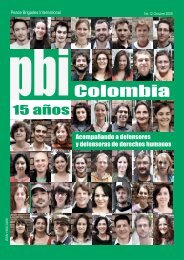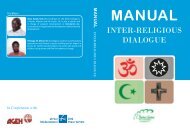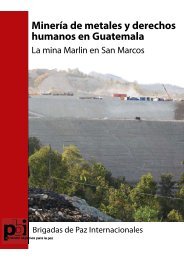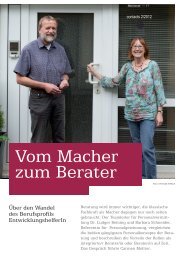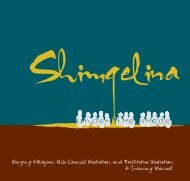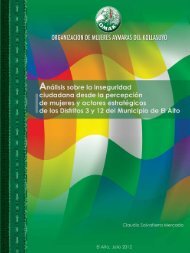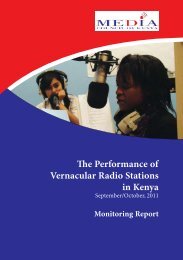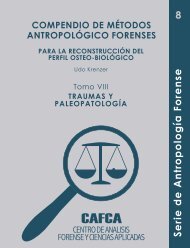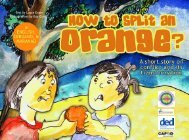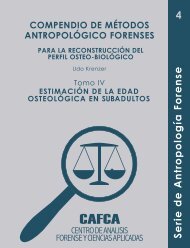Engaging with Victims and Perpetrators in Transitional ... - FriEnt
Engaging with Victims and Perpetrators in Transitional ... - FriEnt
Engaging with Victims and Perpetrators in Transitional ... - FriEnt
- No tags were found...
You also want an ePaper? Increase the reach of your titles
YUMPU automatically turns print PDFs into web optimized ePapers that Google loves.
<strong>FriEnt</strong>/KOFF Workshop Report1 . P r e f a c e<strong>Engag<strong>in</strong>g</strong> <strong>with</strong> victims <strong>and</strong> perpetrators is probably one of the most sensitive <strong>and</strong>complex issues for external actors work<strong>in</strong>g on development <strong>and</strong> peace build<strong>in</strong>g. Itstarts <strong>with</strong> def<strong>in</strong><strong>in</strong>g certa<strong>in</strong> groups as victims or perpetrators <strong>in</strong> highly complex<strong>and</strong> politicised contexts, <strong>in</strong>volves legal questions <strong>and</strong> moral dilemmas, <strong>and</strong> maytouch on the vision an organisation is striv<strong>in</strong>g to realise.<strong>Transitional</strong> Justice <strong>and</strong> peace build<strong>in</strong>g processes provide a range of mechanismsto deal <strong>with</strong> past atrocities <strong>and</strong> pave the way for build<strong>in</strong>g a society based onpeace <strong>and</strong> justice. However, projects often tend to simplify categories of victims<strong>and</strong> perpetrators. Moreover, they overlook the necessity that peace build<strong>in</strong>gprocesses also have to transform these categorisations <strong>and</strong> build a basis for newidentities beyond that of the past.In our <strong>in</strong>ternational workshop, jo<strong>in</strong>tly organised by the Work<strong>in</strong>g Group forDevelopment <strong>and</strong> Peace (<strong>FriEnt</strong>) <strong>and</strong> the Center for Peacebuild<strong>in</strong>g (KOFF) atswisspeace, we discussed some of these challenges <strong>and</strong> identified ways of deal<strong>in</strong>g<strong>with</strong> them. Questions <strong>in</strong>cluded: How may transitional justice mechanisms take<strong>in</strong>to consideration victims <strong>and</strong> perpetrators as two – sometimes heavily<strong>in</strong>tertw<strong>in</strong>ed – social groups <strong>in</strong> post-conflict societies? How can the design of suchmechanisms contribute to transform the identities of victims <strong>and</strong> perpetrators?How are these considerations relevant to decisions development <strong>and</strong> peaceorganisations have to take?Participants from development <strong>and</strong> peace build<strong>in</strong>g organisations as well asresearch <strong>in</strong>stitutions shared their respective experiences. Selected projects <strong>and</strong>approaches from different organisations <strong>and</strong> contexts provided the basis for adiscussion on challenges <strong>and</strong> practice oriented options.This document presents the ma<strong>in</strong> results of the presentations <strong>and</strong> debates.Furthermore, it tries to p<strong>in</strong>po<strong>in</strong>t a number of po<strong>in</strong>ts to keep <strong>in</strong> m<strong>in</strong>d for decisionmak<strong>in</strong>g<strong>in</strong> development <strong>and</strong> peace build<strong>in</strong>g organisations.2


